The island of Lanzarote is located just 125 kilometers from the Saharan coast of Africa and is the fourth largest island in the Canary Islands archipelago. Explore Lanzarote’s most popular tourist attractions and try to visit the island’s main monuments, museums, and sites.
1- Timanfaya, volcanic landscape:
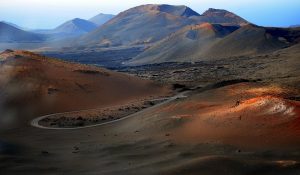 via – bruisedpassports
via – bruisedpassports
A visit to Timanfaya National Park is a must for all visitors to Lanzarote. Timanfaya is an extansive lava sea of dormant volcanoes and impressive rock formations. This stunning landscape formed by volcanic eruptions between 1730 and 1736 that devastated part of the island and left a dozen villages covered in ash.
Timanfaya National Park affords tourists a unique insight into the volcano world. The park boasts a variety of volcanic formations, including the Montaña de Fuego, the Montaña Rajada, the Hilario islet, the Caldera del Corazoncillo, the Rodeos and Señalo mountains, the Pico Partido, the Caldera de Rilla.
2- Jameos del Agua:
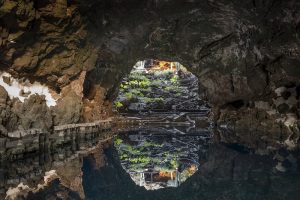 via – lowcosttourslanzarote
via – lowcosttourslanzarote
The Jameos del Aguais, one of the most beautiful attractions on Lanzarote, consists of a series of lava caves erupted by the Monte Corona volcano thousands of years ago. The lava tube is also home to the Cueva de los Verdes, which stretches 6 kilometers long and 1.5 underwater.
In 1966, César Manrique designed a new concept to integrate art and architecture into nature. Jameos del Agua was officially opened in 1968 as a center for art and culture. Moreover, it offers visitors a unique chance to explore the inside of a geological marvel crafted by César Manrique. It is considered one of Lanzarote’s most spectacular attractions and welcomes thousands of visitors daily to admire the cave.
When you arrive at the cave, you can descend a spiral staircase made of volcanic stone, and you’ll face an astonishing scene with a rocky cave framed by abundant vegetation and sheltering a massive natural lake with crystal-clear water. As you continue through tunnels, you come across the surface of the biggest Jameo, where you find a fabulous bar to relax, enjoy and appreciate the natural environment and César Manrique’s art. The last part of the Jameos del Agua features a garden encircled by impressive walls of volcanic rocks, a peaceful white pool, and a lush expanse of vegetation, creating a heavenly oasis.
3- Phenomena created by lava, Cueva de los Verdes:
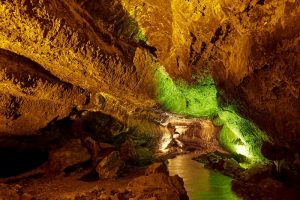 via – lanzarote
via – lanzarote
La Cueva de los Verdes is one of the best attractions in Lanzarote. It offers a compelling experience where history, art, and nature meet. La Cueva de los Verdes is a 6-kilometer-long volcano tube formed by a lava flow caused by the eruption of Monte Corona. It’s an exceptional natural landscape full of legend.
In the past, the cave served as a refuge from attacks by colonizers from North Africa and Europe. In the 19th century, the caves attracted visitors and geologists studying the extraordinary volcanic formation to understand the geography of Lanzarote.
In the 1960s, the Cueva de los Verdes also attracted the attention of artists Jesús Soto and César Manrique. They turned the volcanic tube into an artwork, using light and shadow to highlight the naturally sculptured lava formations.
Lanzarote’s Cueva de los Verdes provides a compelling journey where visitors will be amazed by a massive network of underground tunnels with ceilings up to 50 meters high. The path inside the cave leads to an auditorium with a spectacular natural sound system.
4- La Graciosa:
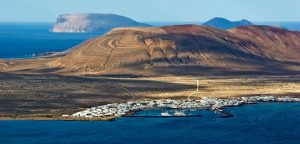 via – quand
via – quand
La Graciosa is a tiny corner of heaven, a peaceful and tranquil island off the coast of Lanzarote where nature is at its best. It located on the easternmost tip of the Canary archipelago and the 8th most populated island. Besides, it comprises 30 square kilometers of volcanic land encircled by hidden beaches and crystal-clear waters.
The island of La Graciosa divided into two small villages, Caleta del Sebo and Pedro Barba, distinguished by whitewashed houses and unsurfaced gravel roads. La Graciosa is the perfect destination for those seeking silence, nature, and the beauty of simple living. The landscape shaped by volcanoes, including Las Agujas, El Mojón, Montaña Amarilla, and Montaña Bermeja. Besides, you can enjoy Montaña Clara Islands, Alegranza, Roque del Este, and Roque del Oeste. On foot or by bike, the island boasts numerous trails to enjoy the silence and beauty of its wild natural landscape.
Don’t miss a chance to visit Montaña Amarilla. You can access it on foot or by private vehicle. The volcano’s yellow color contrasts with the blue sky and the turquoise of the sea and is well worth a visit. Next, you can bathe at Playa de la Francesa or Playa de las Conchas a large stretch of white sand.
5- Mirador del Río, River Viewpoint:
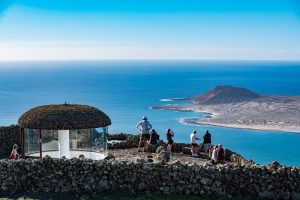 via – cactlanzarote
via – cactlanzarote
The Mirador del Río is one of the most remarkable places on the island of Lanzarote. It is a scenic balcony designed by César Manrique, located on the summit of the Risco de Famara. A 22-kilometer-long mountain range offers a breathtaking panoramic view of the Chinijo archipelago natural park and the Atlantic Ocean.
The Mirador del Rio distinguished by its architecture integrated into the island’s natural environment. It sits at 400 meters above sea level on the Risco de Famara. It offers an outstanding view of the whole of Lanzarote Island. Inside the mirador, large vaulted rooms with large glass windows offer spectacular views while being sheltered from the sun and wind. César Manrique has worked his magic to create a monumental mirador in harmony with the natural landscapes around it, and he always tries to incorporate nature into his architecture, with curved whitewashed walls and wooden furniture adorned with hanging plants and wrought-iron sculptures.
From the top level, you can access the outdoor terraces and enjoy breathtaking views of the Atlantic Ocean, the mountains, and the neighboring island of La Graciosa.
6- Jardín de Cactus, Cactus Garden:
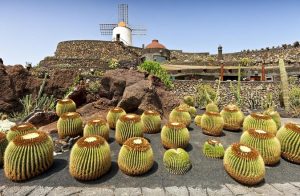 via – viator
via – viator
The Cactus Garden is one of Lanzarote’s most famous sights; created by César Manrique, it is a work of art where architecture meets nature. The site is a place of remarkable beauty and tranquility, which combines disciplines such as landscaping, architecture, painting and sculpture.
The garden is the home of 4,500 different cactus species from all over the world; over 10,000 cacti, which flourish in desert landscapes, create a striking contrast of green tones against the blue sky and dark volcanic soil. The collection is expanding to include new plants from five continents, Madagascar, Peru, and Tanzania, as well as cacti from the Canary Islands.
On the horizon, across the garden, is a 19th-century windmill, one of the last buildings on the island. It offers a unique panoramic view of the cacti. Just beneath it are two eye-catching structures: the cafeteria and store of the Center for Arts, Culture, and Tourism.
7- Museo Atlántico:
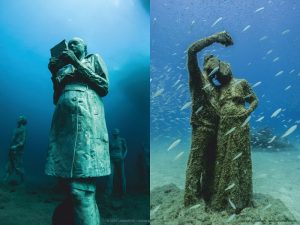 via – lanzaroteexperiencetours
via – lanzaroteexperiencetours
The Museo Atlántico is one of Lanzarote’s most stunning undersea museums; located in Playa Blanca and was created by artist and explorer Jason deCaires Taylor.
The museum extends over 2,500 square meters underwater at a depth of 15 meters, it comprises ten diverse groups of sculptures, and its purpose is to reflect on contemporary issues, the beauty of the ocean, and the necessity of protecting it: For example, a carving of a group of kids in a boat for whom the future is unclear, a comment on the refugee crisis in Europe, and a remark on the use of technology in modern society, as a couple takes a selfie in front of a boat shipwreck.
8- César Manrique Foundation :
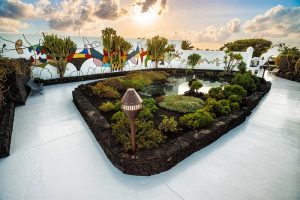 via – turismolanzarote
via – turismolanzarote
The César Manrique Foundation is one of Lanzarote’s most famous museum buildings; it presents the life and work of César Manrique, also housed in the impressive Maison du Volcan, one of the spectacular houses designed by the Lanzarote-born artist and architect.
The gardens are fascinating, vegetation abounds, and as you enter the lower floor of the Foundation, you find five natural volcanic bubbles linked by lava tunnels, plus a dream pool. Through the entire house, you can learn about the artist’s life and art through narrations of interviews with people who worked with him. The museum contains many examples of Manrique’s work, besides contemporary artworks by artists such as Picasso, Tàpies, and Joan Miró.
9- Museum of Contemporary Art :
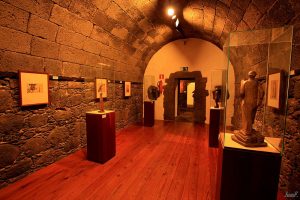 via – visitcanaryislands
via – visitcanaryislands
The Museum of Contemporary Art of Lanzarote, located on a cliff overlooking the coast of Arrecife in Castillo de San José, showcases a wide range of artworks by Spanish artists created between the 1950s and 1980s.
The castle was built between 1776 and 1779 to defend the island from a pirate attack, at the same time as the Castillo de San Gabriel; the palace was a project to supply much-needed employment during a famine era in Lanzarote.
The castle was neglected for over a century, and César Manrique transformed the historic building into a unique art museum, which opened in 1976; the museum has two large vaulted halls displaying the permanent collections, including works by Joan Miró, Antoni Tàpies, César Manrique, Manolo Millares, and Pancho Lasso, as well as several smaller spaces for temporary exhibitions and cultural activities.
The Museum Restaurant is one of the most striking areas of the Castillo de San José; it has large glass windows that afford a picturesque view of the coast, while visitors delight in typical Canarian dishes and innovative culinary creations.
10- Castillo de San Gabriel:
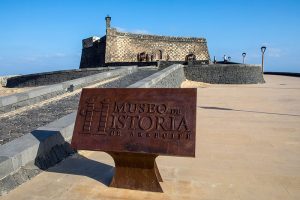 via – golanzarote
via – golanzarote
The Castillo de San Gabriel, located on the tiny island of Islote de los Ingleses, linked to the coast of Arrecife by two roads, is a historic castle built to defend the islet from pirate attacks. The Castillo de San Gabriel has officially declared a National Historic Monument in 1972 and has subsequently become home to an ethnographic museum presenting the origins of Lanzarote.
Inside the castle, thick stone walls separate small rooms presenting the history of Lanzarote; however only a tiny portion of the museum’s 3,000 objects are on display visitors can discover the island’s development through exhibitions of primitive utensils, ceramics, dioramas, and many historical documents.
On top of the castle, a terrace provides extraordinary views: on one side, you can enjoy the best views of Arrecife, and on the other, the Atlantic Ocean.

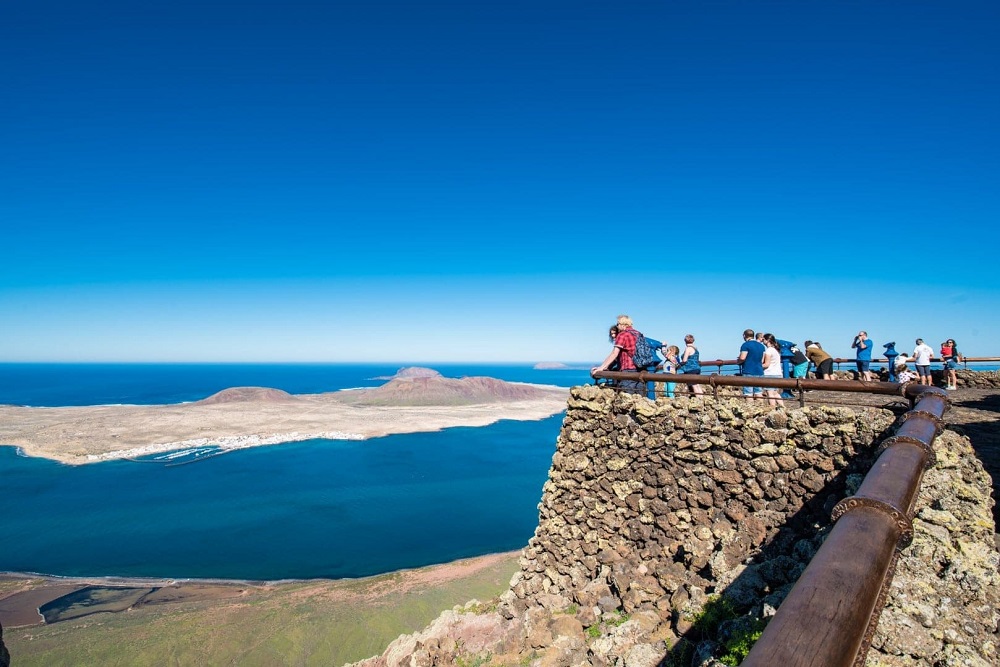
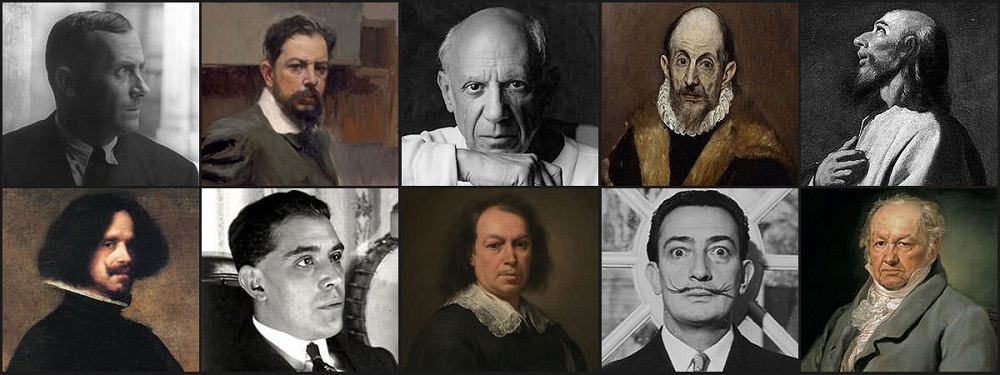 Top 10 Most Famous Spanish Artists and their Arts
Top 10 Most Famous Spanish Artists and their Arts
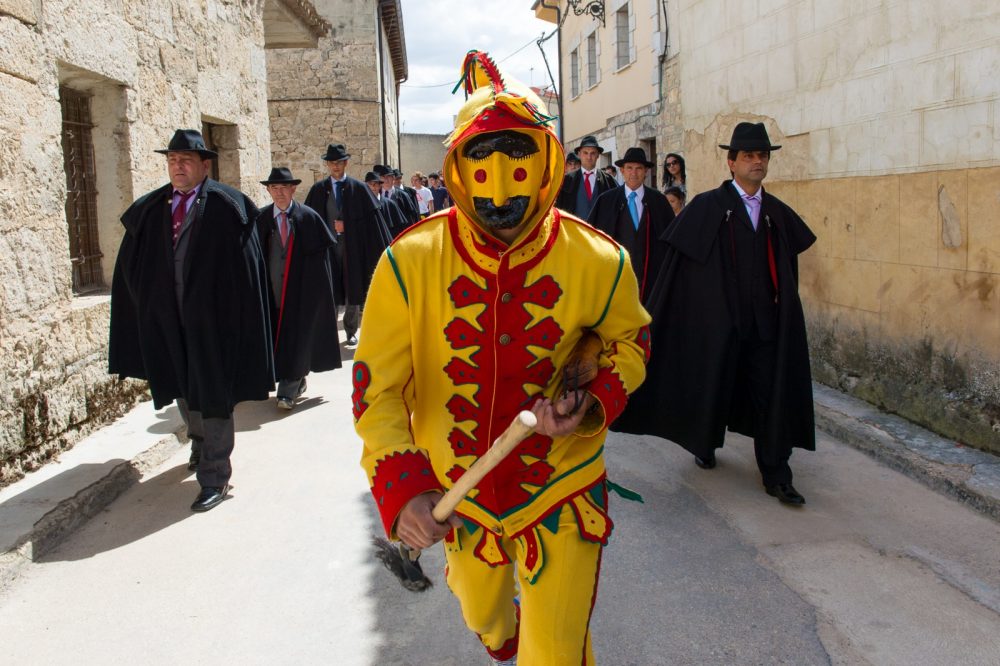 El Colacho, the Baby Jumping Festival in Murcia Spain
El Colacho, the Baby Jumping Festival in Murcia Spain
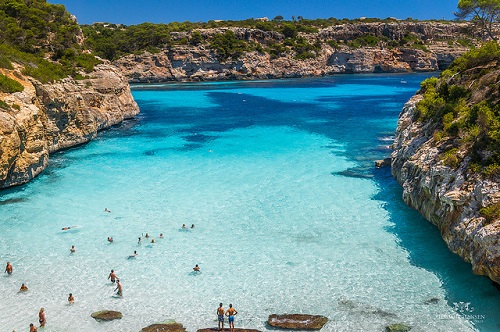 Discover The Most Beautiful Places In Mallorca, Spain
Discover The Most Beautiful Places In Mallorca, Spain